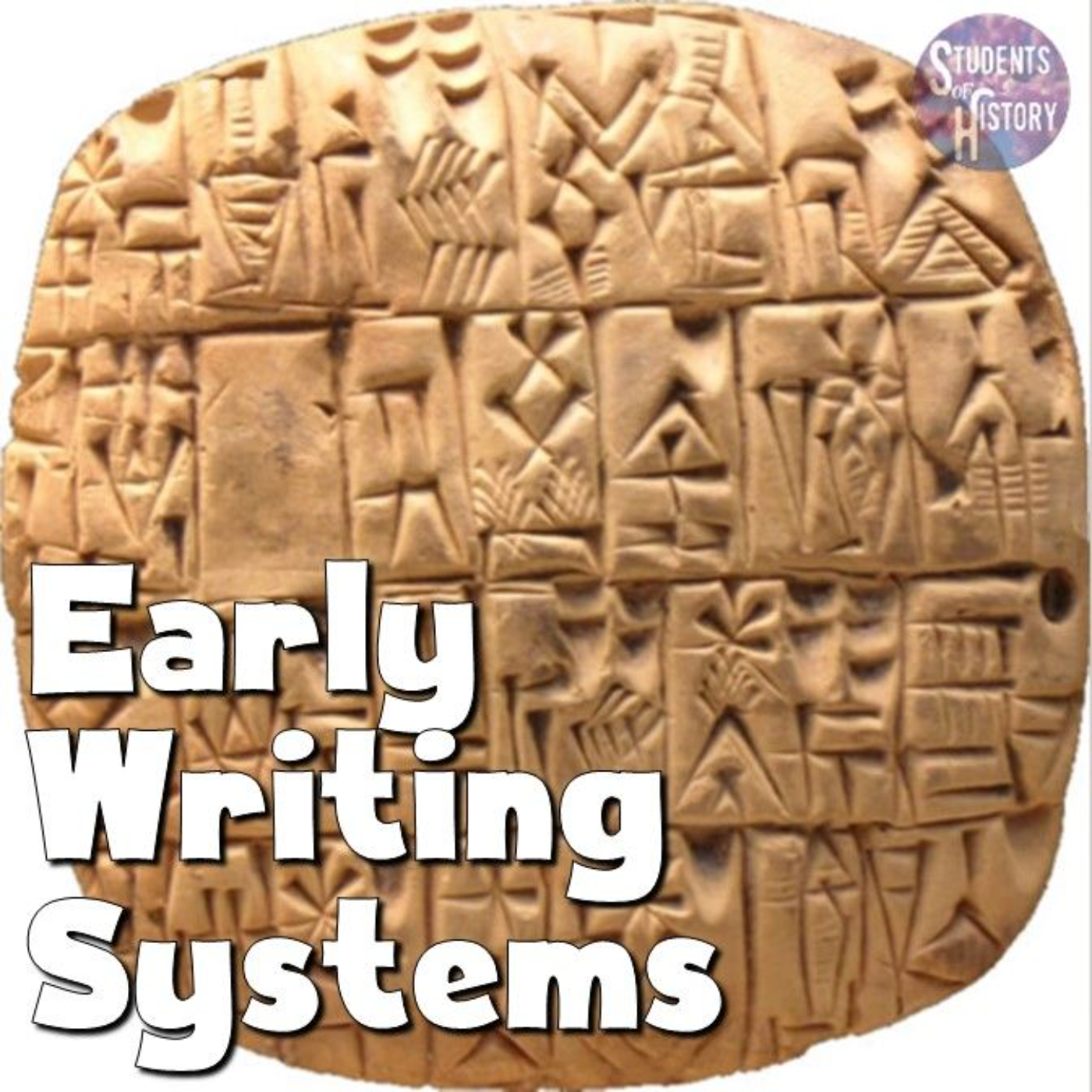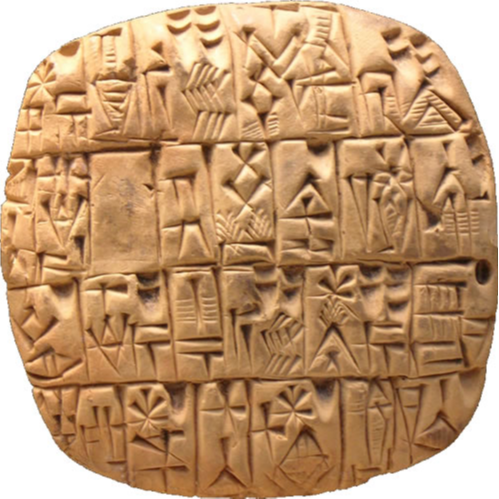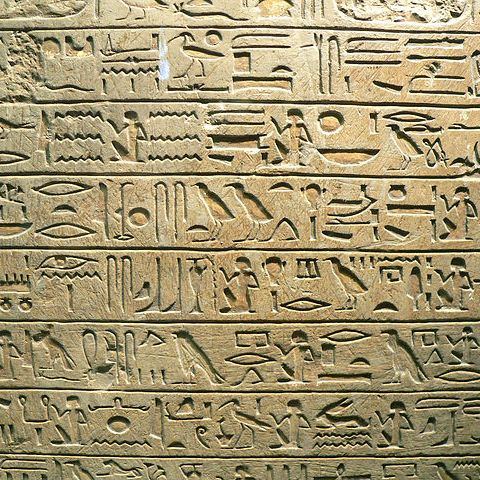Early Writing Systems

It is fascinating to think that the words you are reading right now contain characters with ancient origins. Humans had been speaking for a hundreds of thousands of years before they had the inspiration to create a writing system.
When ancient Mesopotamians began settling on farms and in surrounding cities, life became more complicated.
With the invention of irrigation, agriculture required more expertise. Detailed record keeping was also necessary to accurately record the surplus of food. This led directly to the invention of writing.
Historians have discovered that the oldest writing systems are cuneiform, hieroglyphics, and the alphabet.
Cuneiform is the first known form of writing. Cuneiform is considered the most significant contribution of the Sumerians because of how important writing is to civilization.

The origin of cuneiform writing is dated to approximately 3300 BCE. Archaeologists have found over 700 symbols with different meanings that varied with each city-state and changed over time.
Cuneiform was created by using a stylus to carve small but intricate symbols on a clay tablet. These symbols were not letters. Each represented a sound, making it phonetic, and there were more than 600 of them. This allowed the civilization to document its history, laws, and people.

Hieroglyphics were a formal writing system used by ancient Egyptians beginning around 3000 BCE. Hieroglyphics combined pictographic and alphabetic elements. Historians believe that the Egyptians were influenced by civilizations in Mesopotamia and borrowed the idea of writing from them.
There are thousands of hieroglyphs. Some are "phonograms" and represent sounds like with cuneiform. Others are "ideograms" and represent entire words. It took advanced skill to write hieroglyphs and scribes who studied it often began at a young age.
Egyptians used cursive hieroglyphs for religious literature on papyrus and wood. Hieroglyphics were significant because they allowed the Egyptians to communicate, conduct trade, and record history.
The preservation of hieroglyphics are how historians were able learn so much about ancient Egyptian civilization. Translating them was nearly impossible until the Rosetta Stone was discovered in 1799.
The Rosetta Stone is a large carved stele with three versions of a decree dating to 196 BCE in Egypt. The top and middle texts are in Ancient Egyptian using hieroglyphic and Demotic scripts respectively, while the bottom is in Ancient Greek. This allowed translators to decipher the hieroglyphic symbols.
After thousands of years, cuneiform was replaced with widespread usage of the Phoenician alphabet in Mesopotamia. Its earliest known use dates to about 1000 BCE.
The Phoenician writing system differed from cuneiform in that it contained 22 letters that represented sounds as compared to over 700 varying symbols.
This writing system was spread by Phoenician traders and became the basis for modern script. Many alphabetic languages trace their roots back to the Phoenician alphabet.
